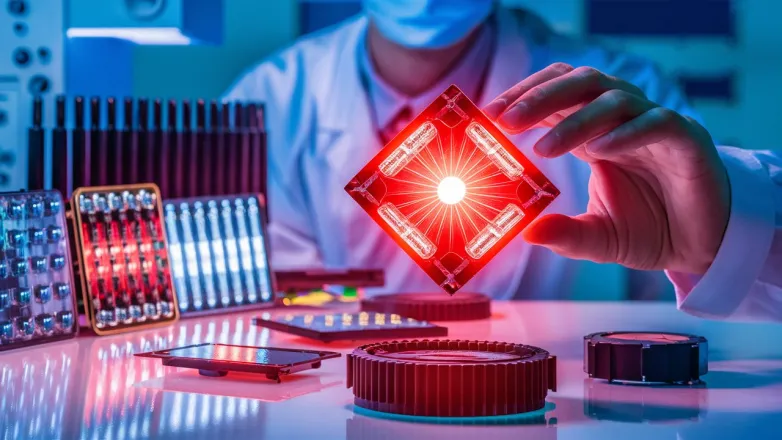Argon Plasma Polishing Dramatically Boosts Efficiency, Stability of Perovskite Cells
- Nankai University’s argon-plasma polishing removes surface defects, lifting perovskite solar-cell efficiency to 23.5 % and boosting stability, paving the way for scalable production.

Researchers at China’s Nankai University have unveiled an elegant yet powerful tweak to the fabrication of perovskite solar cells—argon-plasma polishing (APP)—that lifts both their power output and long-term durability.
Perovskite films are prized for low-cost, high-gain photovoltaics, but their uppermost few nanometres often harbour “soft” lattice defects and lingering by-products from solution processing. These microscopic flaws accelerate non-radiative recombination, robbing devices of voltage and shortening their service life. The Nankai team discovered that a brief APP exposure acts like a nanoscale buffer: it vaporises adsorbed impurities, selectively removes iodine-rich residues, and leaves behind a smoother, lead-rich surface poised for further engineering.
That re-sculpted surface is then passivated with a thin two-dimensional perovskite layer, forming a high-quality 2D/3D heterointerface that blocks ion migration while shuttling charge carriers more freely. Cells built on standard glass/FTO substrates with SnO₂ hole transport layers, Spiro-OMeTAD electron transport layers and gold contacts posted striking gains. Devices treated with APP recorded a power-conversion efficiency of 23.53 %, up from about 22 % for untreated controls. The jump was driven mainly by a 40-mV rise in open-circuit voltage—direct evidence that fewer defects are wasting photons as heat—plus a modest boost in current density and a fill factor above 81 %.
Stability tests underscore the practical upside. Under ambient conditions (25 % RH, 120 °C anneal, one-sun illumination) the polished cells retained over 80 % of their initial efficiency after four weeks, whereas reference devices slid to 73 % in the same period. Importantly, the APP protocol proved compatible with a variety of organic ammonium salts, suggesting it could be slotted into existing roll-to-roll perovskite lines without major retooling.
While today’s champion silicon PV modules operate near 26 % efficiency, perovskite technology is racing up the curve; incremental advances like APP chip away at long-standing stability concerns that have slowed commercial uptake. The authors argue their plasma polishing strategy is both scalable and solvent-free, pointing to a path for gigawatt-scale production of more robust, high-voltage perovskite modules. If adopted widely, the technique could bring perovskite-enabled tandem and standalone solar panels to market sooner—and at lower cost—accelerating the transition to carbon-free power.
Also read

